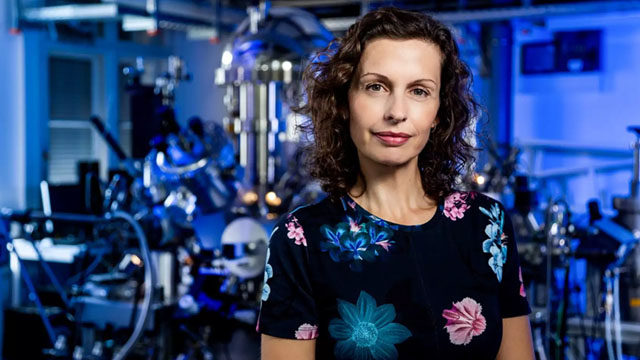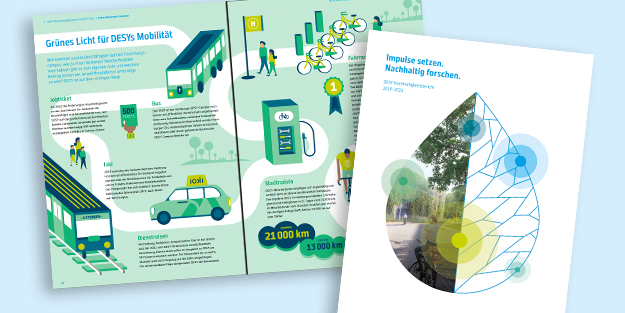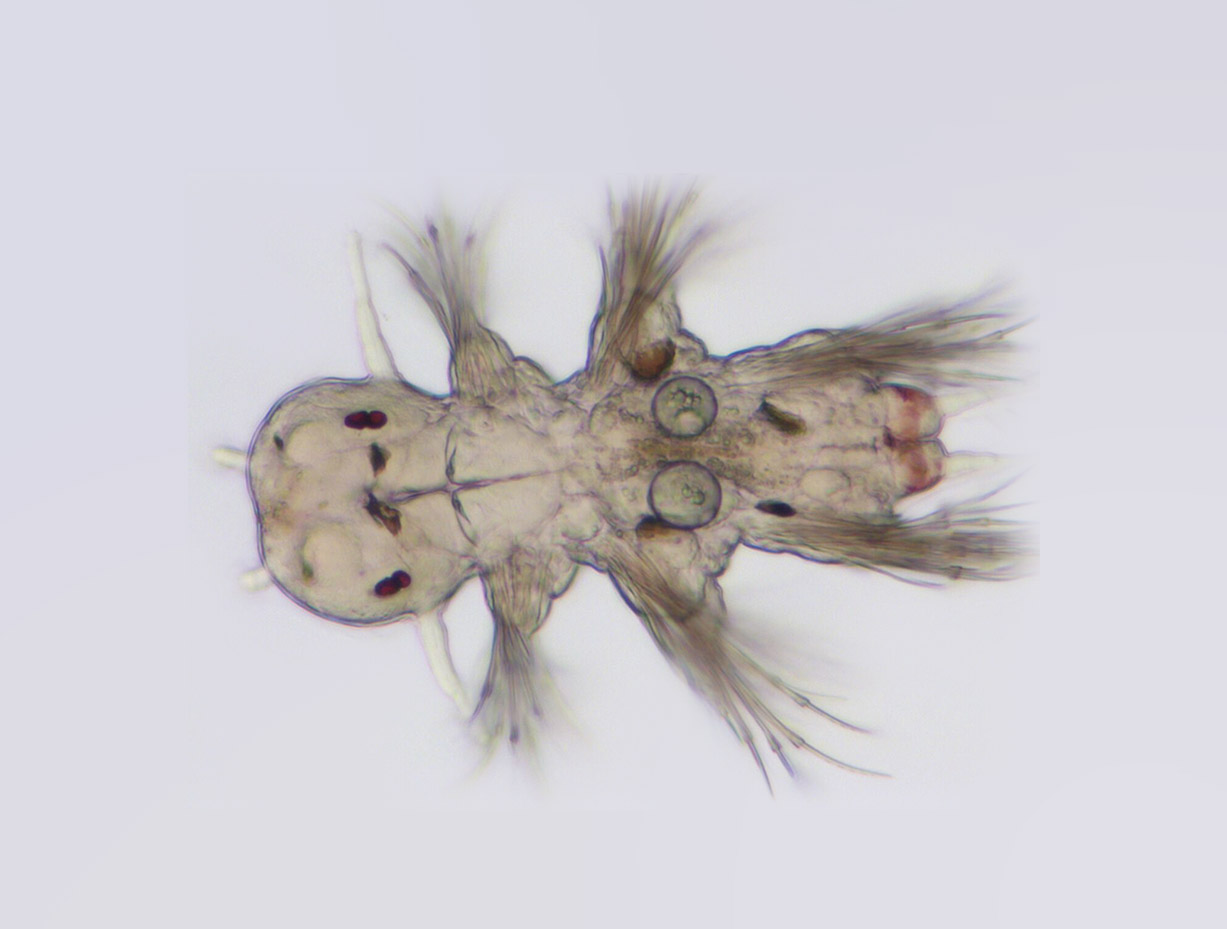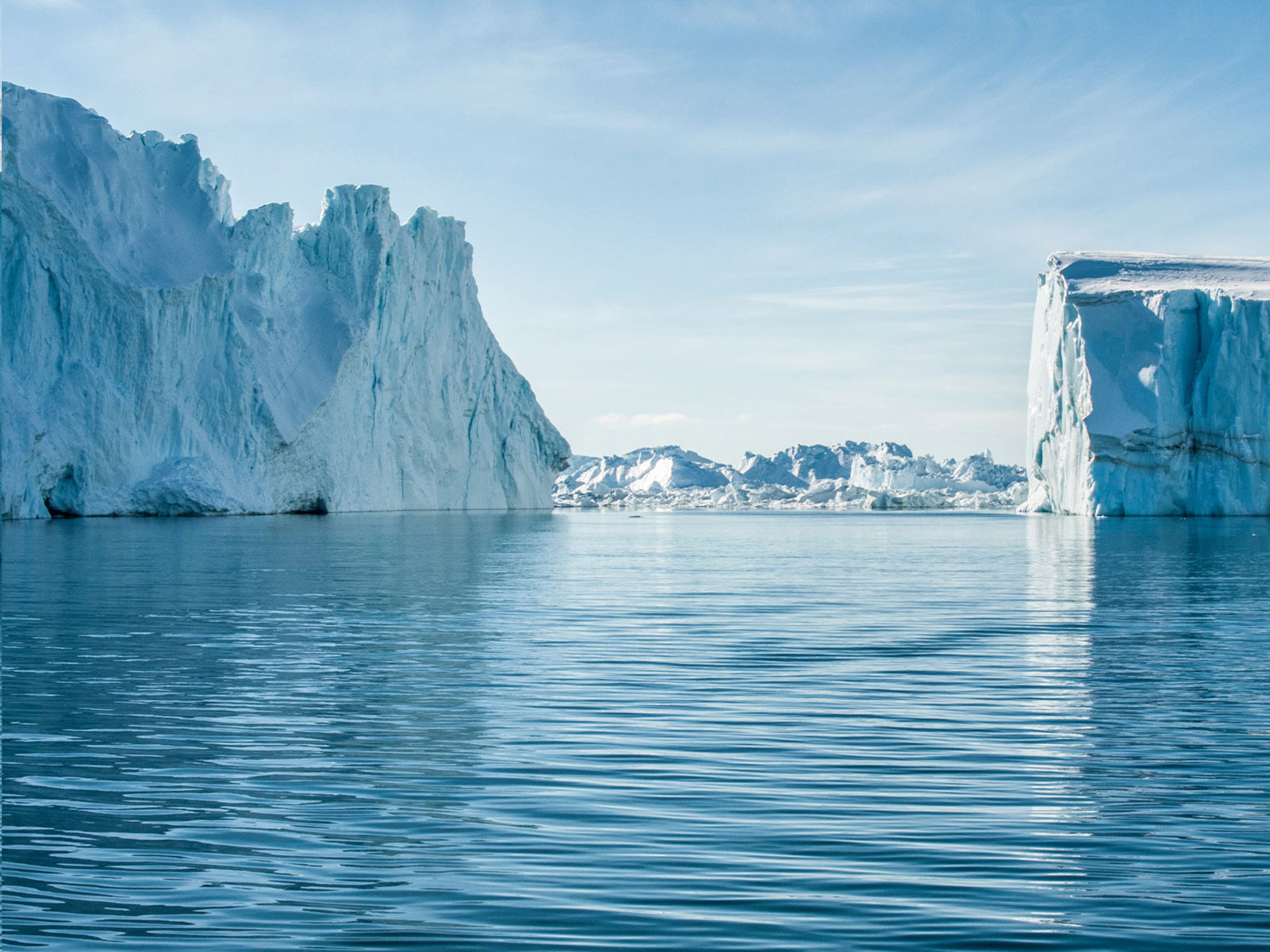
Earth and the environment
PETRA IV will considerably enhance the way we view essential aspects of our environment. The facility will allow scientists to study matter under extreme conditions and at boundary surfaces, and in particular to decipher the unique properties of water.
Water forms the basis of all life. Biological processes do not work without water. In the cells of living organisms, proteins work tirelessly in an environment consisting of water. In oceans, rivers and glaciers, water shapes our planet and its climate – and water is essential for existing and future technologies. Yet many extraordinary properties of this unique substance are still not fully understood. To get to the bottom of them, scientists need to unravel the complex interplay between water molecules.
The technical progress offered by PETRA IV allows the structure and dynamics of water to be analysed in the necessary detail.
This could lead to vital insights in the natural and life sciences, technology and healthcare.
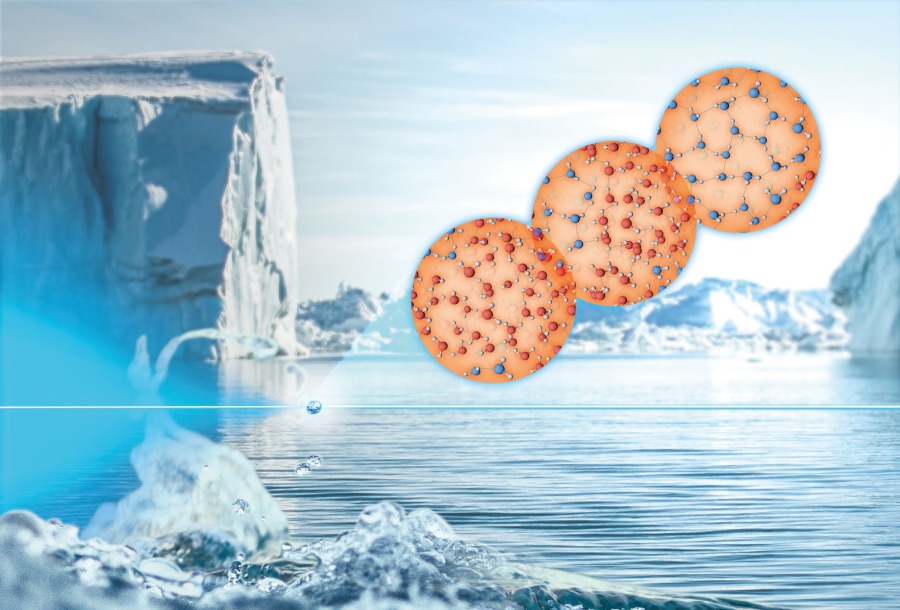
Measurements on multiple time and length scales
- PETRA IV will track the dynamics of complex molecular networks such as aqueous solutions down to the nanosecond, 100 to 10 000 times faster than today – at maximum spatial resolution.
- This enables fundamentally new insights into the macroscopic behaviour of complex systems.
- Together with the European XFEL X-ray laser, PETRA IV opens up time scales from the femtosecond range to seconds, minutes or hours.
Of water and hydrogen: Sunlight can split water into oxygen and hydrogen. This reaction requires a catalyst, however. When the stored hydrogen is burned, it releases water and energy in turn in the process. Many researchers are therefore working on the chemical helpers, the catalysts.

Heidrun Hillen
I am happy to answer your questions about PETRA IV.
Further research topics

Healthcare
How can diseases be better tackled?

New materials
How can we save resources?

Energy
How can we make more resilient materials?

New technologies
What do we need for the digital world of tomorrow?

Cultural heritage
How can we preserve our cultural treasures?


